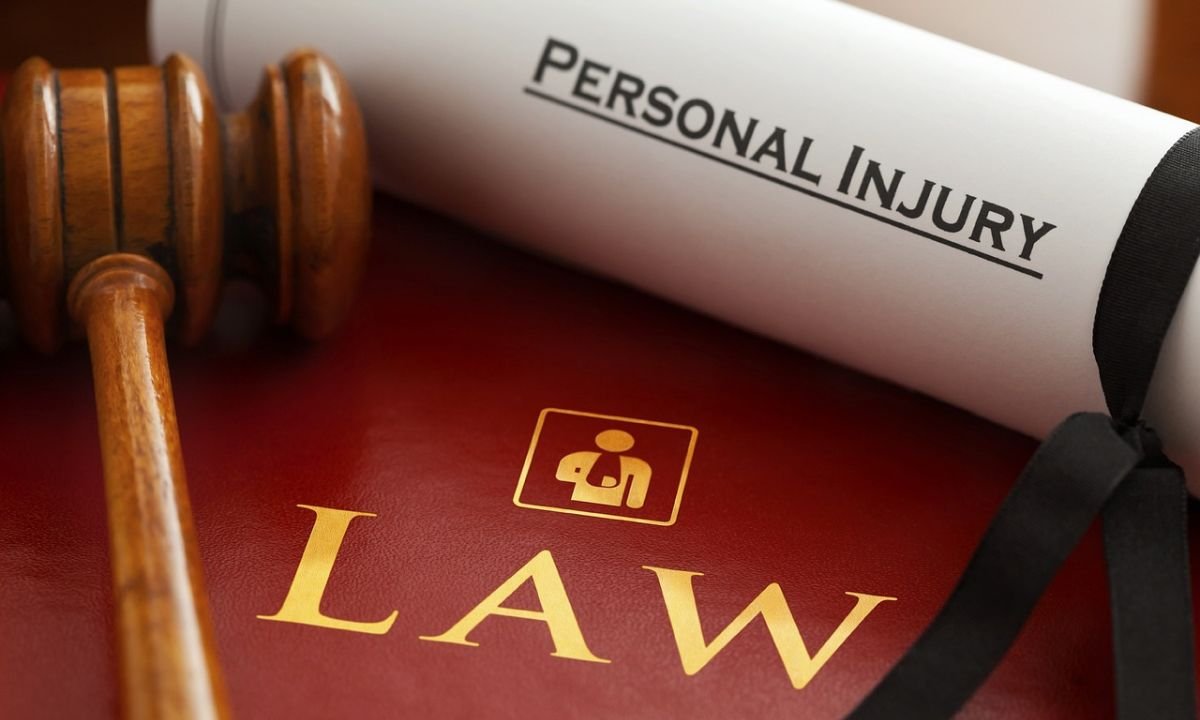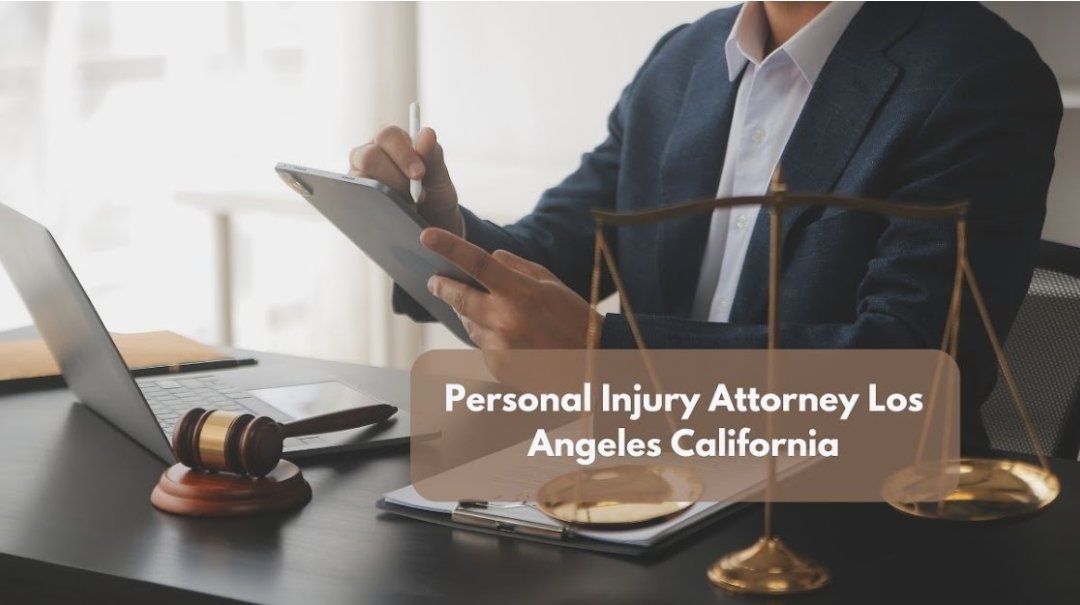Introduction
Criminal law serves as a cornerstone of societal order, defining acceptable behavior and setting penalties for violations. In Australia, it plays a vital role in maintaining public safety and justice by addressing offenses ranging from theft to domestic violence. Understanding how these laws influence daily life is not only empowering but can also help individuals avoid legal pitfalls.
What is Criminal Law?
Criminal law encompasses rules that define conduct considered harmful to society, enforceable by penalties such as fines or imprisonment. Unlike civil law, which resolves disputes between individuals, criminal law involves the state prosecuting offenders on behalf of society.
- Purpose: To deter criminal behavior, punish wrongdoers, and rehabilitate offenders.
- Scope: Covers a wide range of actions, from petty crimes like vandalism to severe offenses such as murder.
Criminal Law in Action: Everyday Scenarios
Criminal laws manifest in seemingly mundane situations, making their understanding essential. Let’s delve into specific examples:
Theft and Shoplifting
Theft in retail is a common example of criminal activity.
- Key Aspects: The legal definition of theft includes the intent to permanently deprive the owner of their property. Shoplifting, even minor, can lead to criminal charges.
- Consequences: Penalties depend on the item’s value, ranging from fines to imprisonment.
Assault and Battery
Incidents of assault often arise from misunderstandings but can lead to serious legal repercussions.
- Types of Actions: Assault involves threats of harm, while battery includes physical contact.
- Legal Defenses: Self-defense is a common justification but must be proportionate to the perceived threat.
Traffic Violations
Traffic offenses range from minor infractions to criminal acts like DUI.
- Criminal Traffic Violations: Driving under the influence or reckless driving can attract severe penalties, including license suspension or imprisonment.
- Minor Infractions: Speeding or parking violations are typically penalized with fines.
Domestic Violence and Abuse
Domestic violence is a critical issue addressed under criminal law.
- Legal Measures: Protective orders and criminal charges help shield victims and hold offenders accountable.
- Awareness: Recognizing emotional and physical abuse as criminal acts is crucial.
Cybercrimes in Daily Life
With increasing internet use, cybercrimes like online fraud and identity theft are on the rise.
- Examples: Hacking, phishing scams, and misuse of personal data.
- Precautionary Steps: Using strong passwords, avoiding suspicious links, and monitoring financial transactions.
Drug Offenses
Drug-related offenses vary widely, including possession and distribution.
- Legal Focus: Laws distinguish between personal use and trafficking based on the quantity of drugs involved.
- Community Impact: Drug misuse poses social challenges, from health crises to organized crime.
Crimes Against Property
Property crimes include vandalism, trespassing, and burglary.
- Social Impact: These offenses can create fear and economic burdens within communities.
- Legal Remedies: Compensation for damages and rehabilitation programs for offenders.
Quality-of-Life Offenses
Laws addressing public nuisances like noise, littering, and loitering balance individual freedoms with societal harmony.
- Examples: Public intoxication or excessive noise disrupting community peace.
- Penalties: Typically fines or community service.
The Role of Intent in Criminal Law
A central concept in criminal law is mens rea, or the intention behind a crime.
- Significance: Differentiates between accidental and deliberate actions.
- Implications: Courts consider intent when determining guilt and sentencing.
The Role of a Criminal Lawyer
Criminal lawyers are instrumental in navigating the justice system.
- Responsibilities: Building defenses, negotiating plea bargains, and representing clients in trials.
- Importance: Ensures fair treatment under the law and protects the rights of the accused.
Legal Protections for the Accused
Australia’s legal framework safeguards the rights of the accused.
- Key Rights: Presumption of innocence, the right to remain silent, and access to legal counsel.
- Judicial Principles: Upholding these rights is essential for justice.
Preventing Everyday Legal Issues
Awareness and caution can prevent legal entanglements.
- Tips: Understand local laws, respect community standards, and seek legal advice when in doubt.
- Resources: Government websites and legal aid services provide valuable information.
Conclusion
Criminal law’s presence in daily life underscores its significance in fostering societal order and justice. Staying informed about its principles and applications empowers individuals to navigate their responsibilities responsibly. By understanding and adhering to these laws, Australians contribute to a fairer, safer community.











